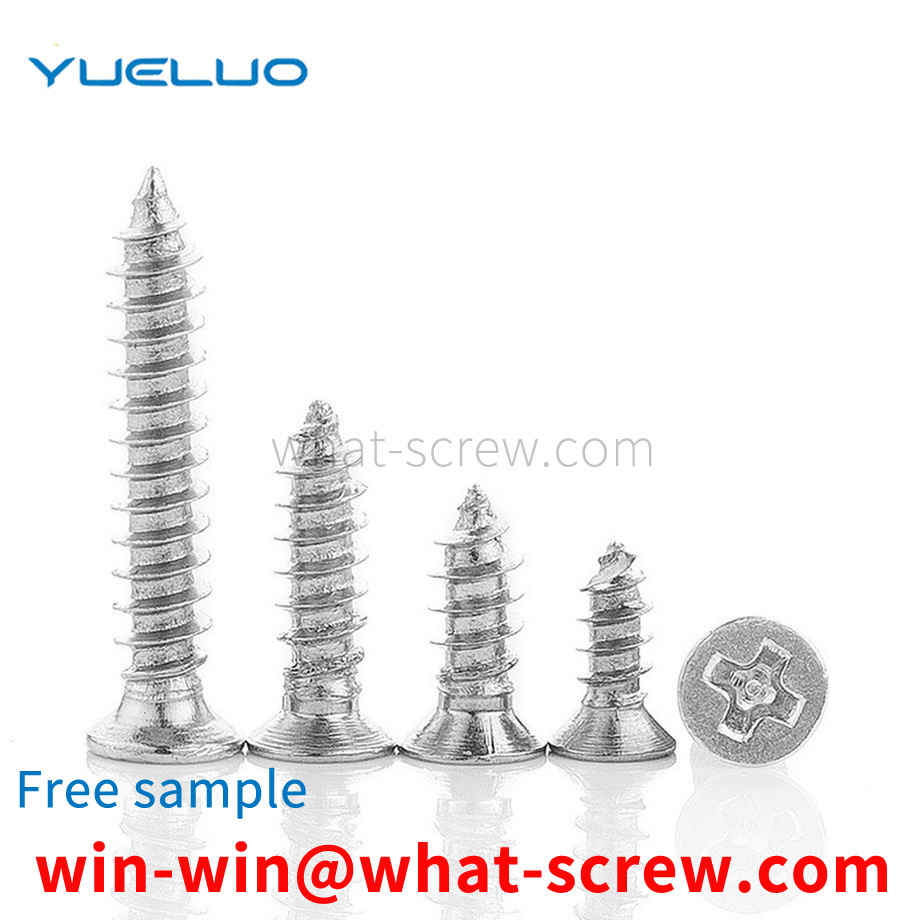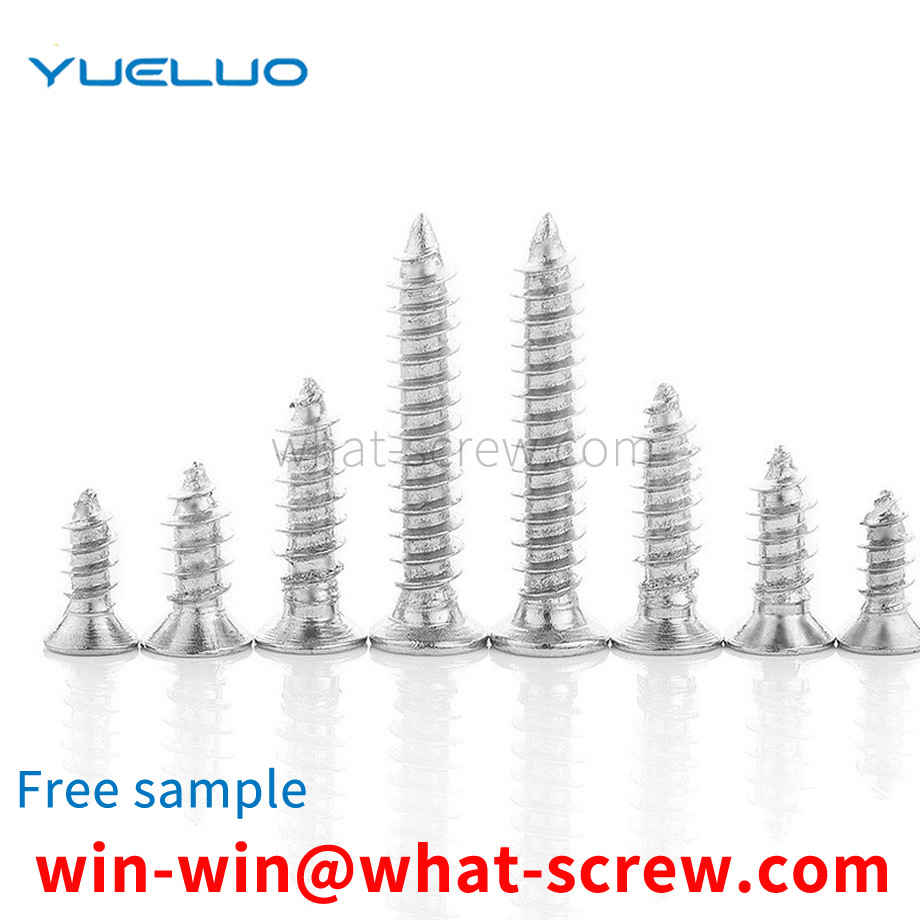Pre-embedded channels are often used in rail transit. There are usually U-shaped channels and C-shaped channels. There are also various widths of openings on one side. The T-bolts used in their connection are generally non-standard parts, which need to be The actual project needs to be customized, mostly for the overall stamping production, the mold cycle is long, the number of mold openings is large, and the production cost is high. Moreover, when assembling and connecting, it is sometimes found that the size of the originally designed t-bolts does not match, and it is necessary to replace t-bolts of different sizes, then it is necessary to redesign and produce non-standard t-bolts, which slows down the entire equipment. processing cycle. Customized T-bolts are often not wide enough in size range, and only a few can be selected for specific assembly and connection, which is difficult to meet the diverse requirements of the production site for bolts.
The gasket refers to the part between the connected part and the nut, which is generally a flat metal ring, which is used to protect the surface of the connected part from scratches by the nut and disperse the pressure of the nut on the connected part.
The main part of the pin screw is an ordinary screw, and the pin can be arranged in the melting section of the screw or the drop groove of the metering section or the smooth cylindrical surface without screw grooves at the end of the metering section. The pins are arranged in a certain arrangement, with varying degrees of density and quantity. Cylindrical pins are formed by fitting the pins into the holes of the threaded rod; square or diamond-shaped pins are formed by milling directly on the threaded rod. If these pins are set in the melting zone, the pins can break up the solid bed, destroy the two-phase flow, stir the solid and liquid phases together, increase the contact area between the undissolved solid phase fragments and the contained material, and promote molten. If the pin is set in the melt conveying area, its main function is to divide the material flow, increase the interface, change the direction of the material flow, and rearrange the flow beam. Divide and merge multiple times, change the flow direction, and homogenize the melt composition and temperature. The mixing section is an inwardly slotted structure arranged at the end of the common screw homogenizing section, and its outer diameter is equal to the outer diameter of the screw. The grooves are divided into several groups, and each group is the confluence area of the material. The materials are divided by grooves, meet in the confluence area, and then divide and confluence. The principle is similar to the pin type. The characteristic of the separate screw is that in addition to the original screw thread (called the main screw) on the melting section, there is also an additional thread (called an additional thread) whose outer diameter is slightly smaller than the outer diameter of the main thread, and the main and auxiliary threads are With different leads, the secondary thread starts from the end of the feeding section (and connects with the feeding section here), and after several threads, gradually intersects the main thread of the homogenizing section. The screw groove depth and thread lead of this kind of screw change gradually from the beginning of the feeding section to the end of the homogenization, that is, the thread lead gradually narrows from the width, and the groove depth gradually becomes shallower from the depth, which can maximize the compression of the material.
Gaskets are mechanical seals between two objects, usually used to prevent pressure, corrosion, and natural thermal expansion and contraction of pipes between two objects and leakage. Since machining the surface is not possible, irregularities can be filled with spacers. Gaskets are usually made from sheet materials such as pad paper, rubber, silicone rubber, metal, cork, felt, neoprene, rubber, fiberglass or plastic polymers such as Teflon. Gaskets for specific applications may contain asbestos. The existing gasket is easily deformed for a long time in use, and the gasket cannot play the role of making up the difference. In addition, during the use process of the gasket, the adhesion between the gasket and the nut or the mechanical surface becomes poor, resulting in a poor sealing effect.
The marking format of the thread mark is: Thread code - thread tolerance zone code (pitch diameter, top diameter) - screw length l) Tolerance zone code is represented by numbers plus letters (inner thread with uppercase letters, external thread with lowercase letters) , such as 7H, 6g, etc., it should be specially pointed out that 7H, 6g, etc. represent thread tolerance, while H7, g6 represent cylinder tolerance code. 2) The length of rotation is specified as short (represented by S), medium (represented by N), and long (represented by L). In general, the thread engagement length is not marked, and the thread tolerance zone is determined by the medium engagement length (N). If necessary, add the screw length code S or L, such as M20-5g6g-L. When special needs are required, the value of the screwing length can be indicated, such as M20-5g6g-30.
We have many years of experience in the production and sales of screws, nuts, flat washers, etc. The main products are: GB12618 semi-stainless steel rivets, rounded square nuts, pull-pull cap rivet nuts, equipment fastening screws and other products, we can provide you with The right fastener solution for you.



















 Service Hotline
Service Hotline




